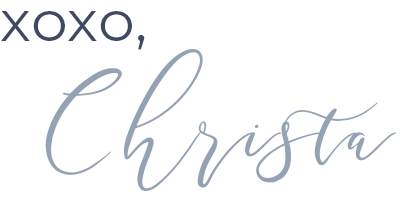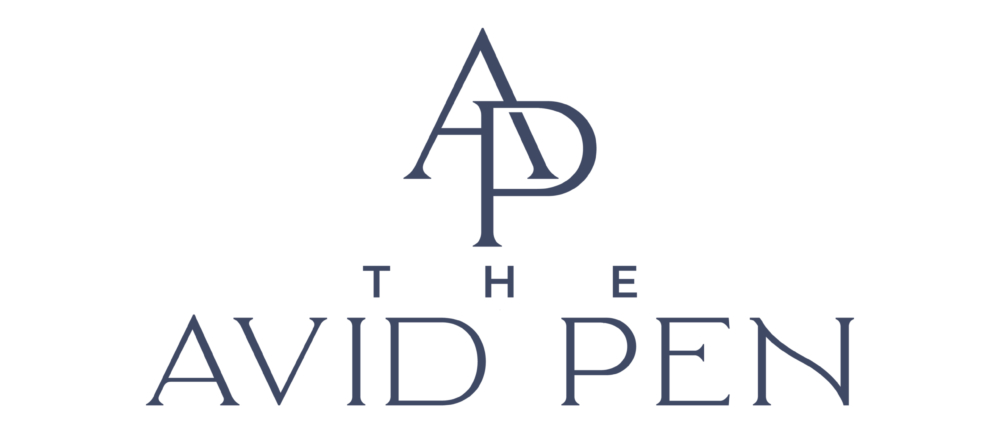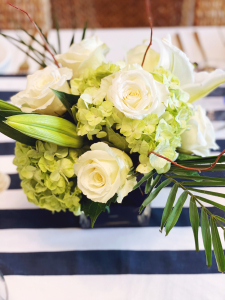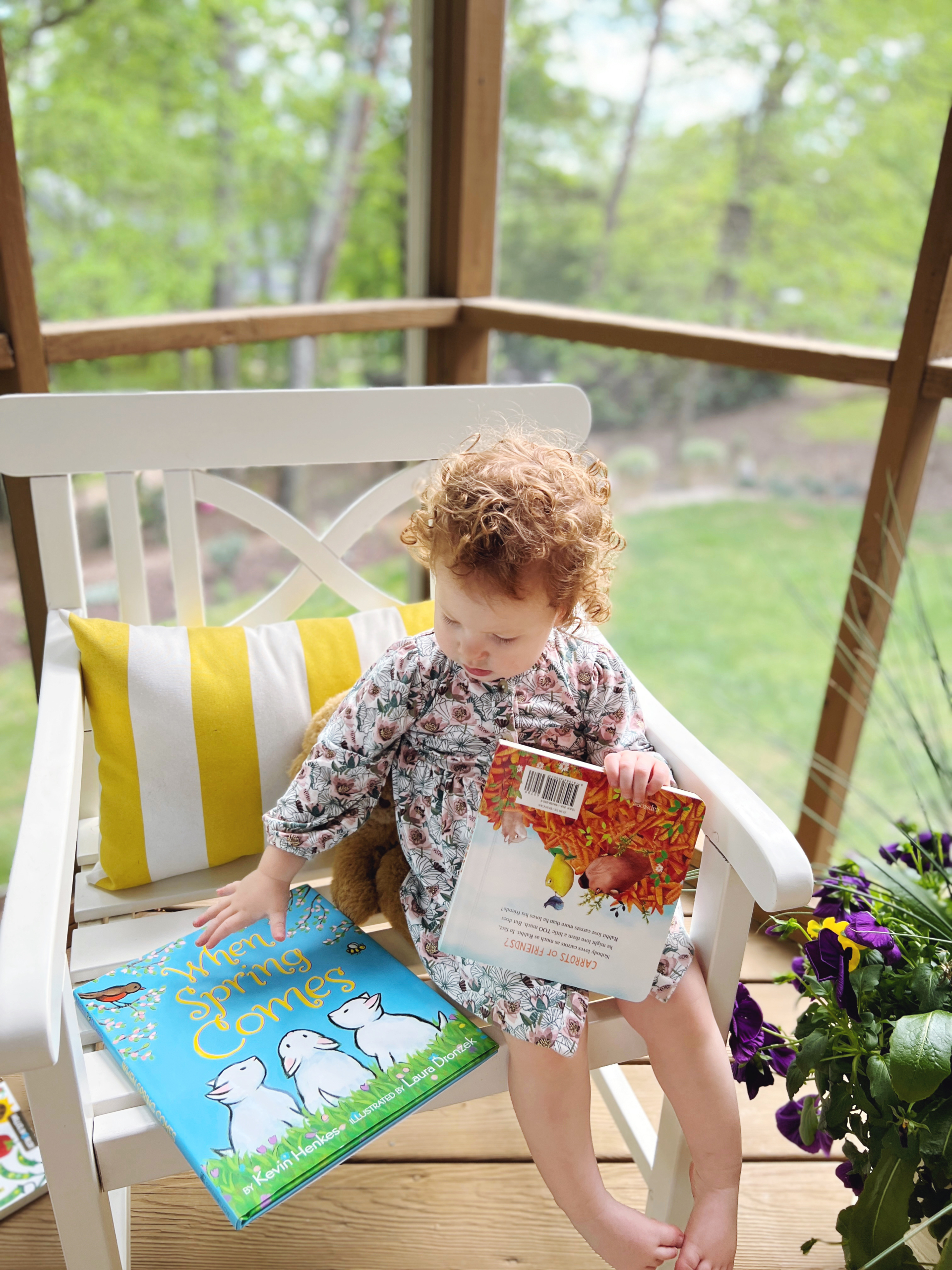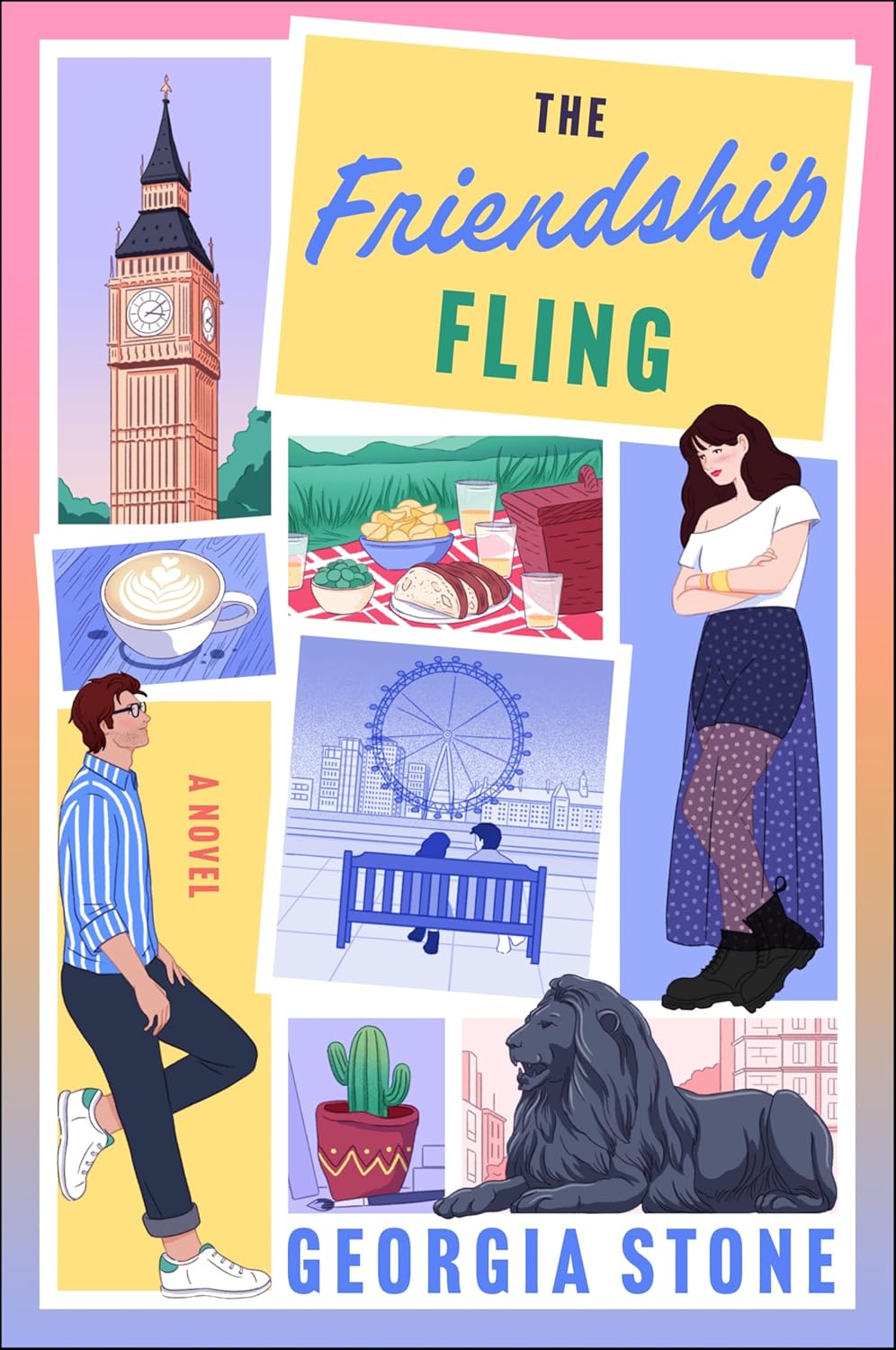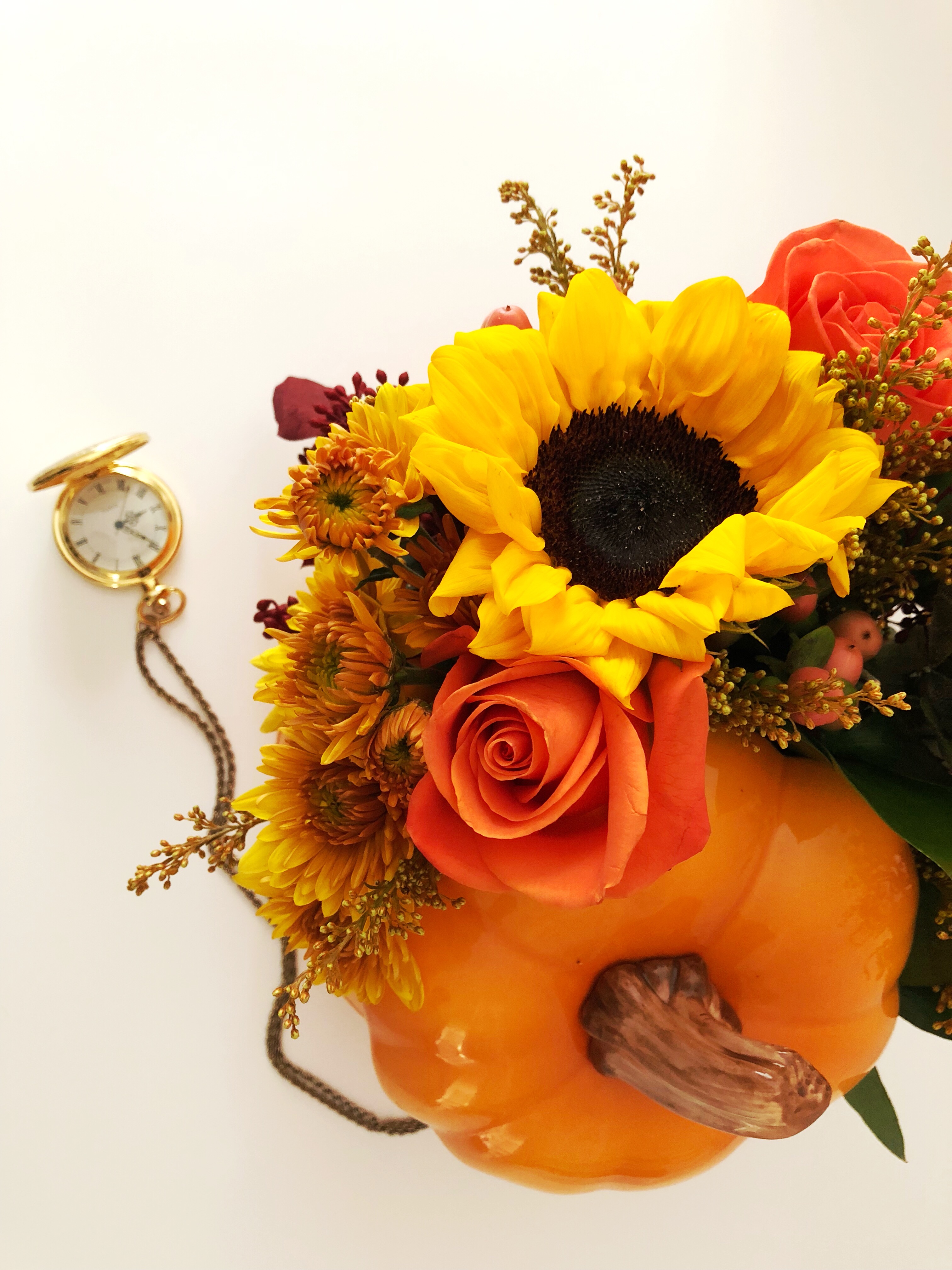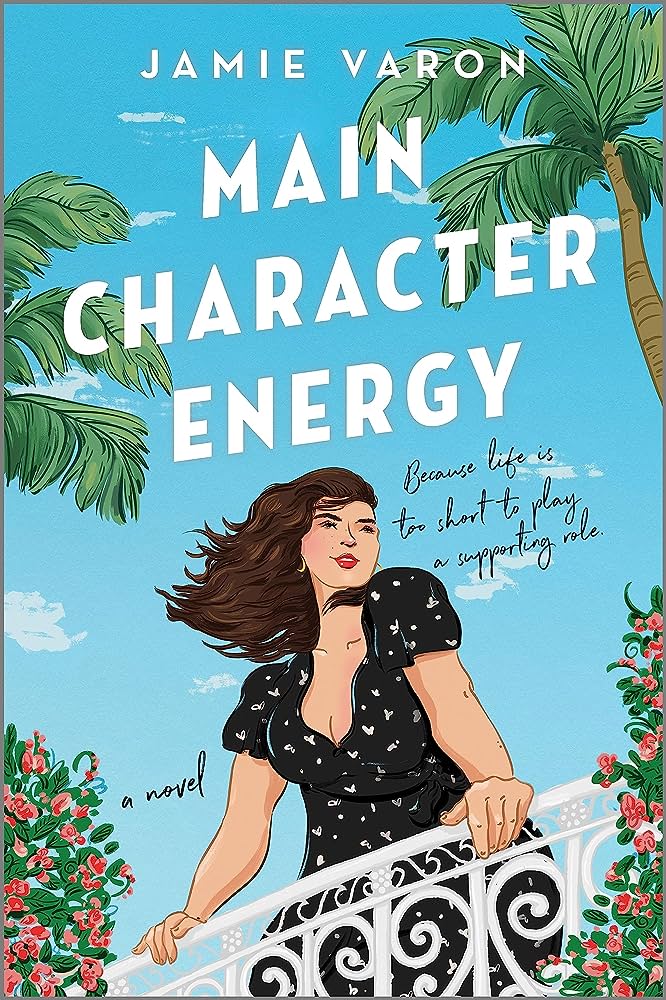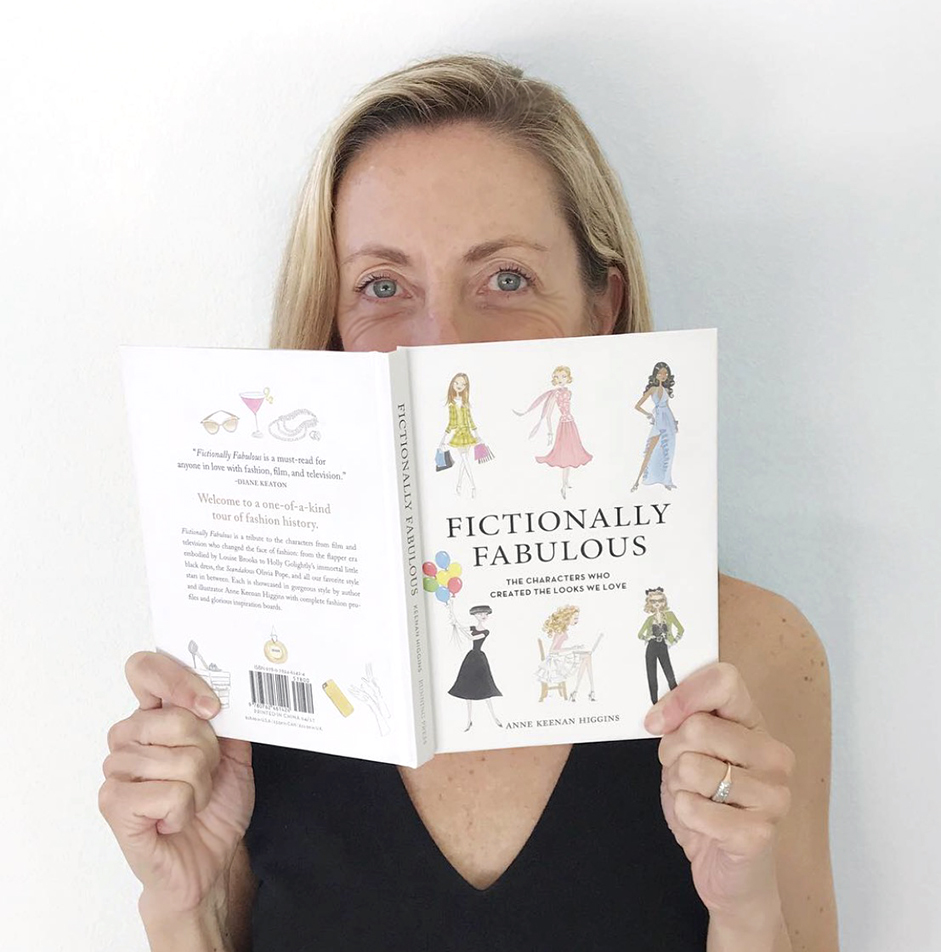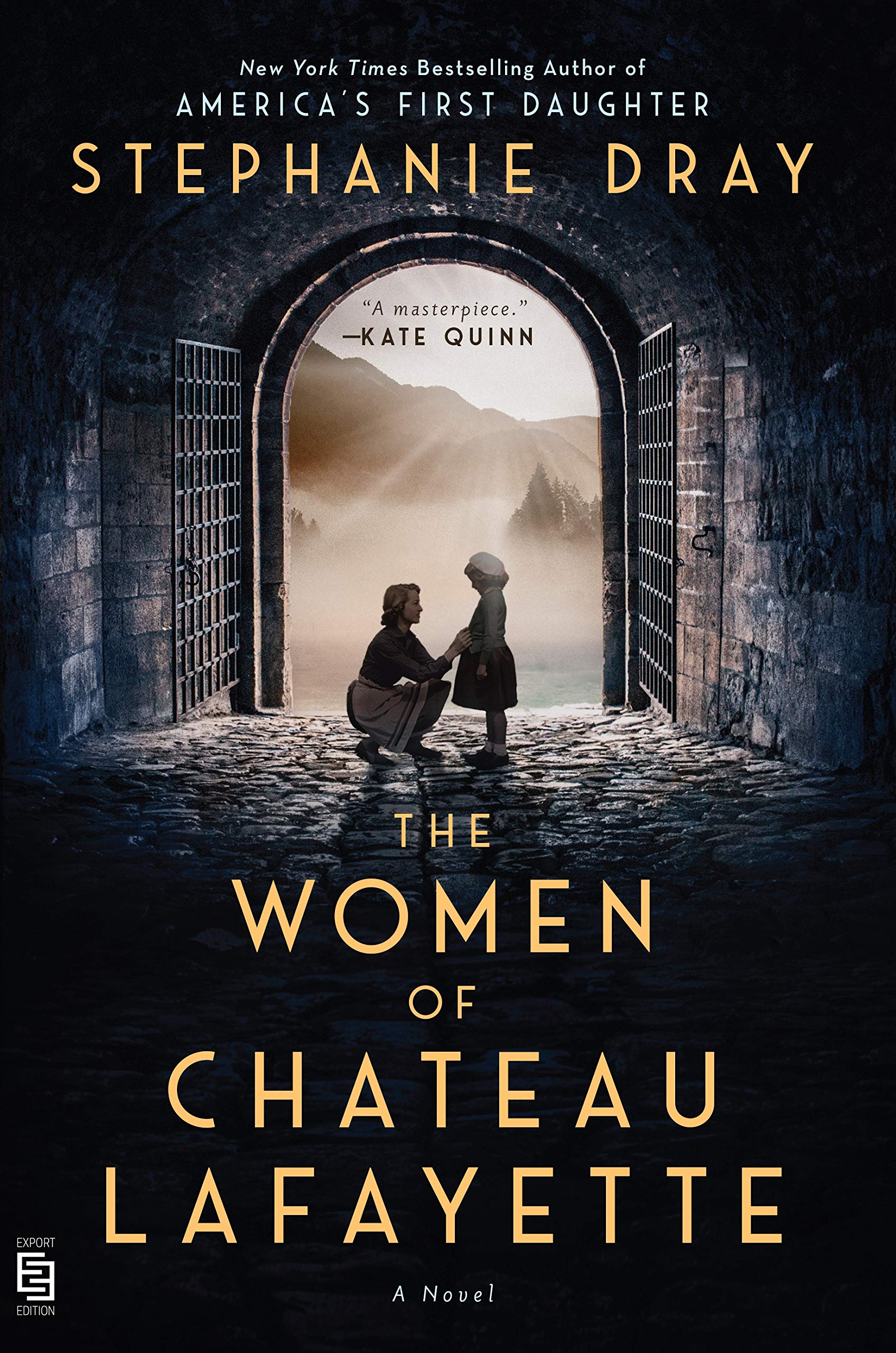
From the French Revolution to WWII, The Women of Chateau Lafayette shares the story of three courageous women who call the chateau home. At the beginning of the novel we meet Marthe and see her transformation through the course of the book, Beatrice whose WWI letters were one of the treasured finds that Stephanie made during her correspondence with Beatrice’s grandson, and Adrienne who was known as America’s French Founding Mother.
Author Stephanie Dray brings each and every time period to life through her vivid storytelling, her words painting a picture of the world both inside and outside the Chateau that will have you hooked until the final page.
In this interview, Stephanie shares about visiting Château de Chavaniac, who she would want to play the three heroines in a feature film and a peek into her next novel.
When were you first inspired to write The Women of Chateau Lafayette?
When co-writing novels about petticoat patriots like Patsy Jefferson in America’s First Daughter, and Betsy Schuyler in My Dear Hamilton, I couldn’t wait to introduce readers to America’s French Founding Mother, Adrienne Lafayette, wife of America’s “favorite fighting Frenchman,” and current broadway star, the Marquis de Lafayette. But then I discovered that Lafayette’s birthplace had served as a hiding place for Jewish children in the Holocaust, and I knew the real story was about how this castle, and the women who lived in it, were a beacon of hope in some of history’s darkest hours.
Prior to writing the novel did you have the opportunity to visit the Château de Chavaniac in person?
I visited the castle in 2017 and I immediately gasped, upon seeing it, because I knew so much history took place here, where Adrienne Lafayette was arrested during the French Revolution for, among other things, refusing to denounce her husband and for protecting religious dissidents. It is the same place where, over a century later, American women purchased and safeguarded the chateau during the First World War, transforming it into a preventorium for sick, displaced and orphaned children. And where, twenty-five years after that, Jewish children found sanctuary. It was really a trip of a lifetime, and I look forward to going back the first chance I get.
I love the vivid descriptions of the chateau and the women (Adrienne, Beatrice, and Marthe) who called it home. How much research into the time periods from the way they spoke (popular slang etc) to the fashion did you do before you started writing?
I’m so glad you loved them! I really wanted to bring the chateau alive. From past work, I was familiar with 18th century formal cadence, and of course, I had some of Adrienne’s own words to work with in deciding what her vocabulary might be. I also had the wonderful good fortune to have many of Beatrice Chanler’s World War I letters to work with, which showed me she had a cheeky sense of humor and an artistic way of describing everything. It was World War Two slang that gave me fits. I spent months and months trying to channel not just what kind of language a young and rebellious Frenchwoman like Marthe might use, but also, how her slang and prickly attitude might be influenced by having been surrounded by Americans all her life.
Out of the three extraordinary women we meet, which storyline did you enjoy writing the most and which storyline was the hardest to write?
I can’t possibly choose which storyline I enjoyed most; I love each of these women so much. Adrienne’s courage and conviction in the face of the guillotine absolutely humbled me. Beatrice’s can-do spirit in the midst of a world war inspired me. And Marthe’s difficult transformation from an immature loner into a brave heroine of the Holocaust broke my heart, then mended it again. But Beatrice’s storyline was the hardest to write, hands down, because the research kept changing under my feet. I wrote her story three times as her grandson and I discovered more and more of her secrets. But I feel like Beatrice would’ve wanted me to really work for it, so I wouldn’t have it any other way.
During your research what was one of your most treasured finds?
After I returned from a visit to the chateau and had been corresponding with Beatrice Chanler’s grandson about her private correspondence, I visited the New York Historical Society and stumbled over a cache of love letters that I would eventually realize were not from Beatrice’s husband. That find led me to uncover a century-old secret love-affair, and eventually to the discovery that Beatrice Chanler wasn’t even who she said she was; she was a more extraordinary heroine by far.
If you could have lived in any of the three time periods in the book (1774, 1914, 1940) which one would you choose?
None of them. I am a huge fan of indoor plumbing, penicillin and the internet!
Who would you like to play the main characters if the novel is turned into a feature film?
Oh, I’m so bad at this, but as for Adrienne, maybe Gideon Adlon, Maisie Williams for Marthe, and I feel like Elle Fanning could pull off Beatrice if she wanted to, even though she’s much too young. After watching THE GREAT, I’m convinced she can pull off anything.
Where is your favorite spot to write either at home out outside the home pre-COVID?
I write mostly at my desk in my basement office, like a sun-deprived cave dweller, but I used to venture out onto the deck in good weather and to Panera Bread pre-Covid, to meet with friends like Kate Quinn & Laura Kamoie.
What is one of the books you’ve read recently?
Finding Napoleon. I’m not a fan of Napoleon, but I am a fan of Margaret Rodenberg, who gives the emperor’s story a fresh twist and fun spin, as told by his last mistress.
Are you currently working on your next novel and if so can we get a sneak peek?
I’m currently working on a novel about the most important woman in American history, Frances Perkins, the only woman in FDR’s cabinet, and her lonely fight to save Jewish refugees. I don’t have a sneak peek to show you yet!
Pick up your copy of The Women of Chateau Lafayette.
